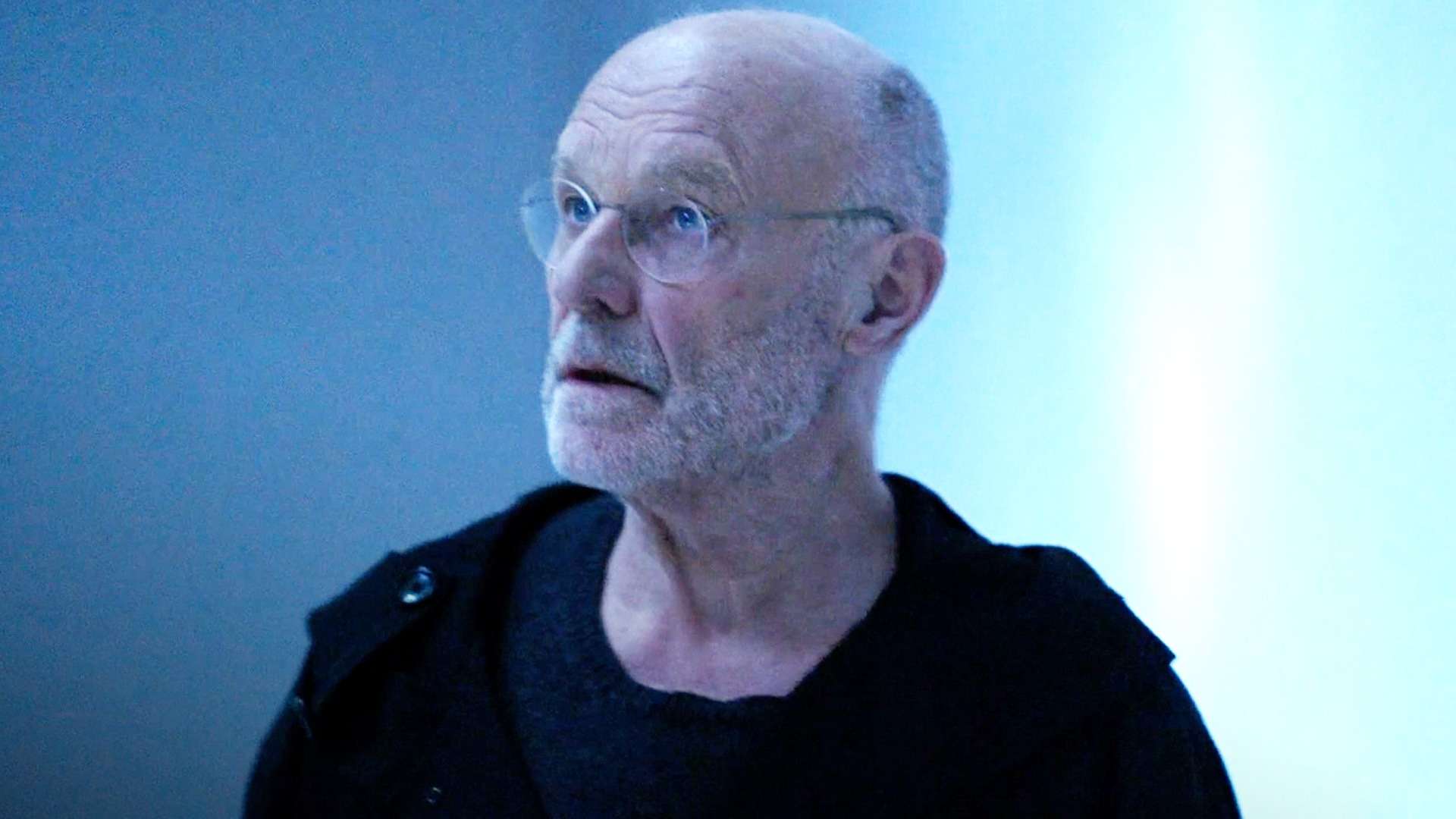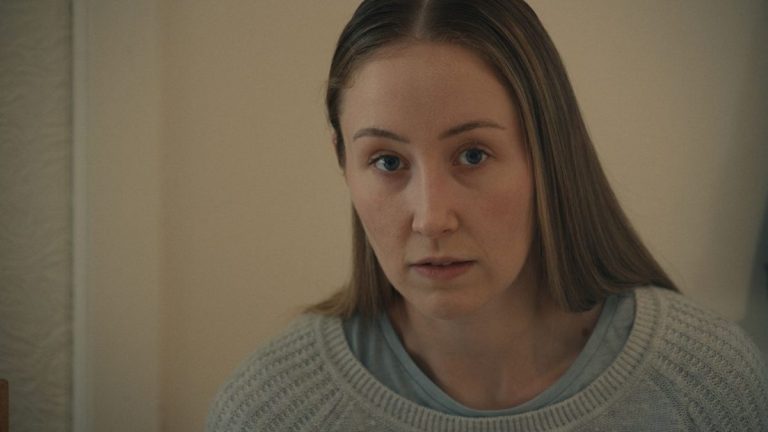From the beginning, when Wenders’ camera lingers on the monumental sculptures and installations of the German painter and sculptor Anselm Kiefer, we are meant to deduce that something monumental will also be part of this film. Yet Wim Wenders, who proved to be a very meditative observer in his Oscar-nominated & “Perfect Days” (2023), flips the coin in his recent doc (also premiered at Cannes 2023 Film Festival as a special screening). “Anselm” is an almost religiously handled, capable, but rather flimsy presentation of an artist who thought big and executed big.
Disclaimer: ‘Anselm’ was not watched in the immersive, 3D format that Wim Wenders also used in his previous (and more successful) “Pina” documentary (2011), but as part of the home viewing platform (now the film is available via Criterion Channel). Yet, even in this format, Wenders’ camera glides as usual from the sky to the open fields, and it’s at times breathtaking.
Anselm Kiefer (b. 1945) is another iconoclast of the art world that the film suggests is now part of the mainstream, and deservedly so. Moving effortlessly between past and present, & “Anselm” will show the young Kiefer winning the Jean Walter Prize that enabled him to travel to the Netherlands, Belgium, and France for further work and inspiration. Being more of an in-situ biography, the film will spend a lot of time in Kiefer’s studios, the Parisian suburb of Croissy-Beaubourg, the French Barjac (he moved there in 1992 from Germany), and archival footage – his residence in the massive Odenwald forest in the 1970s and 80s, before settling to French ground. All places show the immensity and the gigantic scale of work in which Kiefer operates.
What Wenders gets right in the film is making sure we get the major influences in Kiefer’s art and Weltanschauung: the poet Paul Celan, for instance, who is heard reciting one of his poems, “Todesfuge,” itself an inspiration of Kiefer’s massive Your Golden Hair, Margarete (1980). Mysticism and myths are also part of Kiefer’s continuing heritage and function as an alternative to rational thinking. Measure is not one of Kiefer’s preferred assets, and this one & “Anselm” also records by showing the Hollywood-like massive sets and studios where Kiefer works. More like a factory than an atelier, the oversized pictures and works need wheels (and assistants) to move, while Kiefer, as an overarching master, puts his directives and commands in place.

Kiefer’s monumental proportion of his art thinking didn’t go unnoticed in a country that had already suffered from the massive terror of the Nazi regime. And Kiefer hasn’t exactly made it easy either for them. “Anselm” presents (in a conveniently TV set format) the furor a young Kiefer’s appearance doing the Nazi salute and dressed in his father’s Wermacht uniform had caused. His stance (he claimed it was an appeal to memory instead of silence for the Nazi atrocities) has gradually changed; we now hear him say for similar accusations appropriating Nazi myths that it is a ripe time for reappropriation.
All of the above are stated but not really investigated in Wenders’ film, which spares us of any detailed interviews with Kiefer (avoiding the talking-head tradition), yet still leaving the cult of the artist untouched. It doesn’t make things better that Kiefer himself meditates about Being and Nothingness in his work, the cornerstone of the Heideggerian philosophy (and another figure tainted with Nazi spots). Kiefer and his work are usually left to his own devices, and there are no outside interviews or experts’ opinions. Reenacting scenes depicting the process of creating his paintings sometimes feels forced (definitely inferior to the original Kiefer work).
“Anselm” is a documentary that has the spiritual feel of “The Wings of Desire”; its will to join the sky and the earth has most appropriately found its representative in Kiefer, who, in many instances (like the 2022 site-specific installation at the Venice’s Palazzo Ducale) had the same idea in hand when placing his work from ceiling to the floor. But “Anselm” misses the mystic quality that “The Wings” had, substituting it with mystified whispers in the film’s soundscape and revealing a too-visible awe towards its subject matter.
As groundbreaking as Kiefer may be in the history of art, Wenders will (for the most part of the film) get himself engrossed by his presence—and presents a visually staggering but ultimately mostly void of any other artistic sentiments apart from wonder. (Casting his great-nephew, Anton Wenders, as the young Kiefer, Wenders makes the identification between the director and his subject even more prominent.)
Wenders does a good job, though, in presenting Kiefer as the perfect production designer – translating in cinematic terms Kiefer’s need and panache in bringing art to the natural world, an impressive feast in its own right (of course, the artist utilizing a huge amount of help from unnamed assistants). He is less successful in letting his subject become an amateur philosopher without digging deeper into things.
“Anselm” is (expectedly from Wenders) deeply cinematic and artistic, yet somewhat vacant from a fruitful discussion (visual or otherwise) on art and creation apart from the Godlike creation that presents. It is informative, shows the long process of creation, and, at some point, lets you feel the dialectic process between humans and nature. It won’t become part of your lived experience, though, and its ending and forced closure (childhood—old age) will confirm this.






![The Queen Of Fear [2018]: ‘Sundance’ Review](https://79468c92.delivery.rocketcdn.me/wp-content/uploads/2018/01/39616779111_ac3ec36a8a_o-768x432.jpg)
